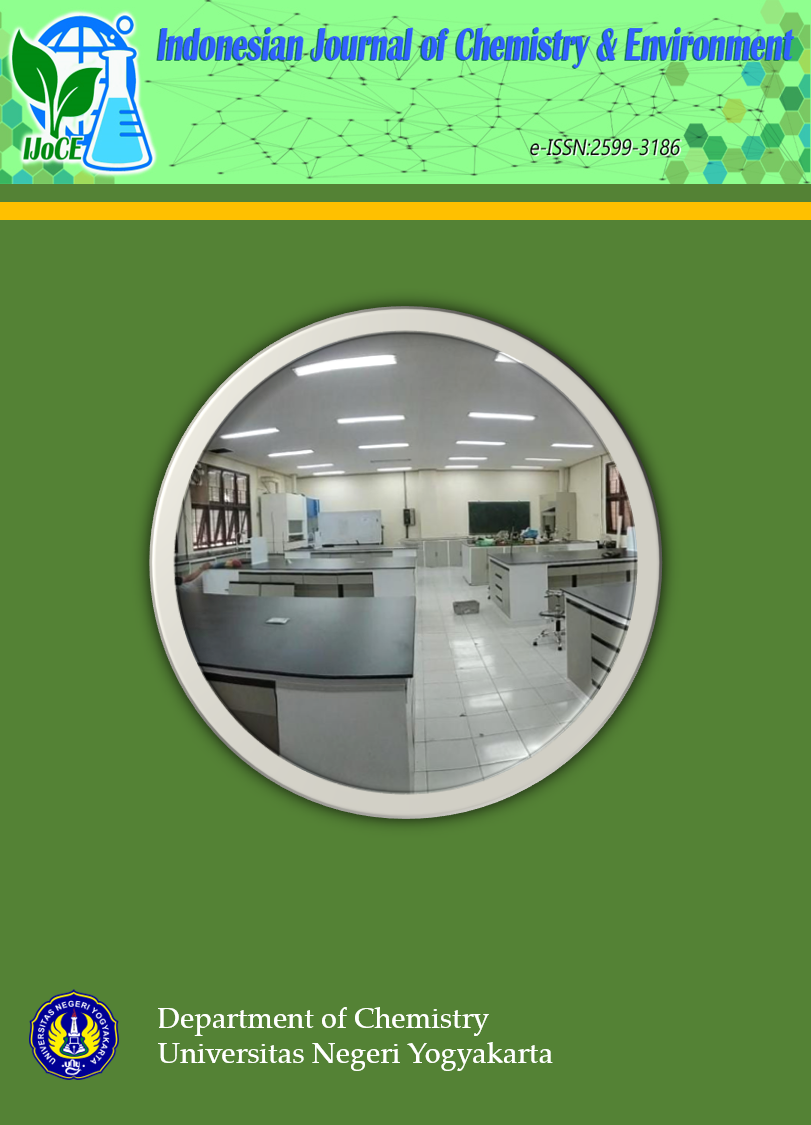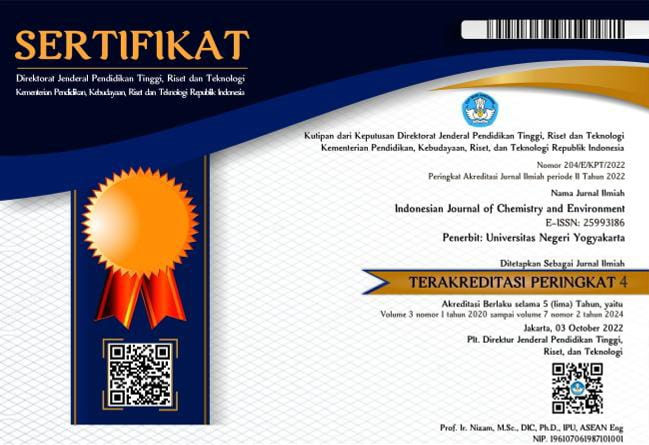VEGETATION STRUCTURE, BIOMASS, AND CARBON STOCK OF MANGROVE FOREST IN EASTERN POHUWATO DISTRICT, MARISA SUB-DISTRICT
DOI:
https://doi.org/10.21831/ijoce.v6i2.68288Abstract
Background: Mangrove forests are forests that have the potential to mitigate climate change from the effects of global warming, because mangroves can absorb CO2 in the atmosphere. Mangrove areas in the coastal area of East Pohuwato Regency, Marisa District are quite numerous and have the potential to absorb carbon, so that with a large enough carbon absorption can be able to reduce the levels of CO2 contained in the air. Objective: This study aims to identify vegetation structure, biomass, and carbon stocks in the coastal area of East Pohuwato Regency, Marisa District. Results: the study showed that there were 8 types of mangroves, including Soneratia alba, Rhizophora mucronata, Ceriops decandra, Ceriops tagal, Avicennia marina, Rhizophora stylosa, Sonneratia caseolaris, Rhizophora apiculata. The highest IVi value was found in the Ceriops decandra species with an IVi value of 119.21 in the tree category, then for the sapling category which had the highest IVi value found in the Rhizophora apiculata species of 98.6, for the seedling level the IVi value was found in the Rhizophora apiculata species of 80.23%. The total biomass value is 37,027.2 Kg/ha and the carbon contained in the mangrove forest of East Pohuwato Regency, Marisa District is 18,535.7 Kg C/ha with carbon dioxide absorption of 68027.5 Kg CO2/ha. Conclusion: There are 8 types of mangrove species found in the mangrove forests of the Coastal Area of East Pohuwato Regency, Marisa District at.
Downloads
Published
How to Cite
Issue
Section
License
Authors who publish with this journal agree to the following terms:
- Authors retain copyright under a Creative Commons Attribution–ShareAlike License (CC BY SA) that allows others to share: copy, and redistribute the material in any medium or format, Adapt: remix, transform, and build upon the material, for any purpose, even commercially.
- Authors are able to enter into separate, additional contractual arrangements for the non-exclusive distribution of the journal's published version of the work (e.g., post it to an institutional repository or publish it in a book), with an acknowledgement of its initial publication in this journal.
- Authors are permitted and encouraged to post their work online (e.g., in institutional repositories or on their website) prior to and during the submission process, as it can lead to productive exchanges, as well as earlier and greater citation of published work.







